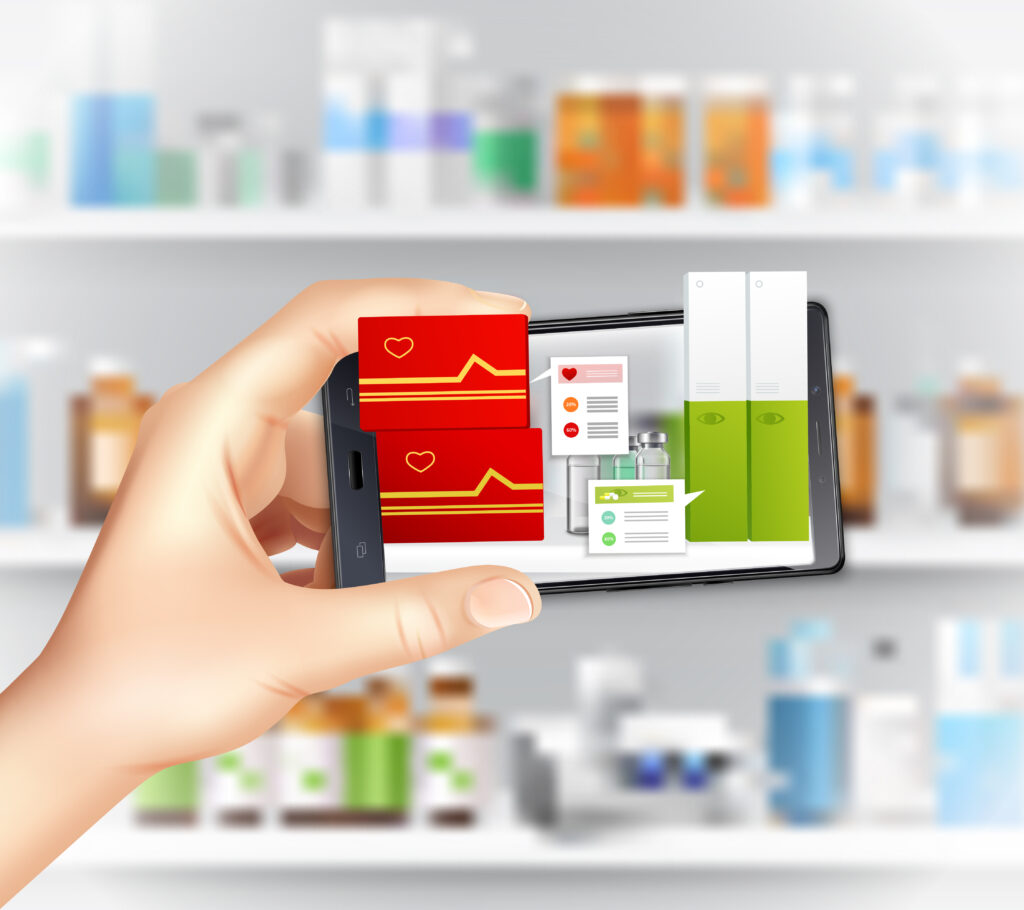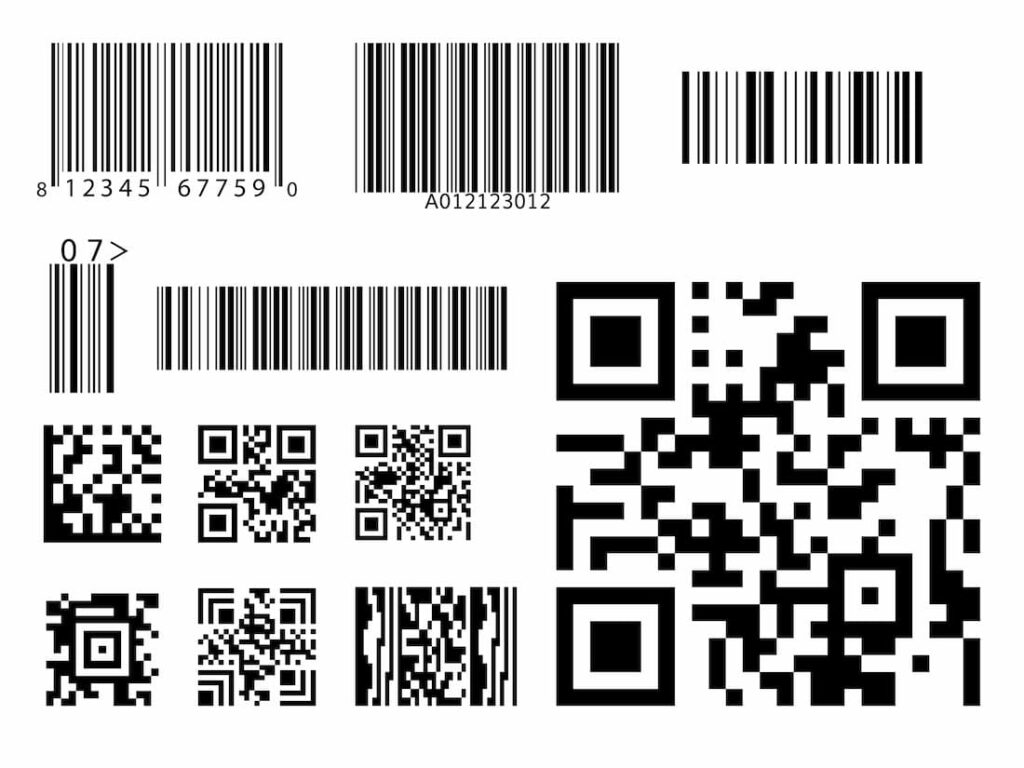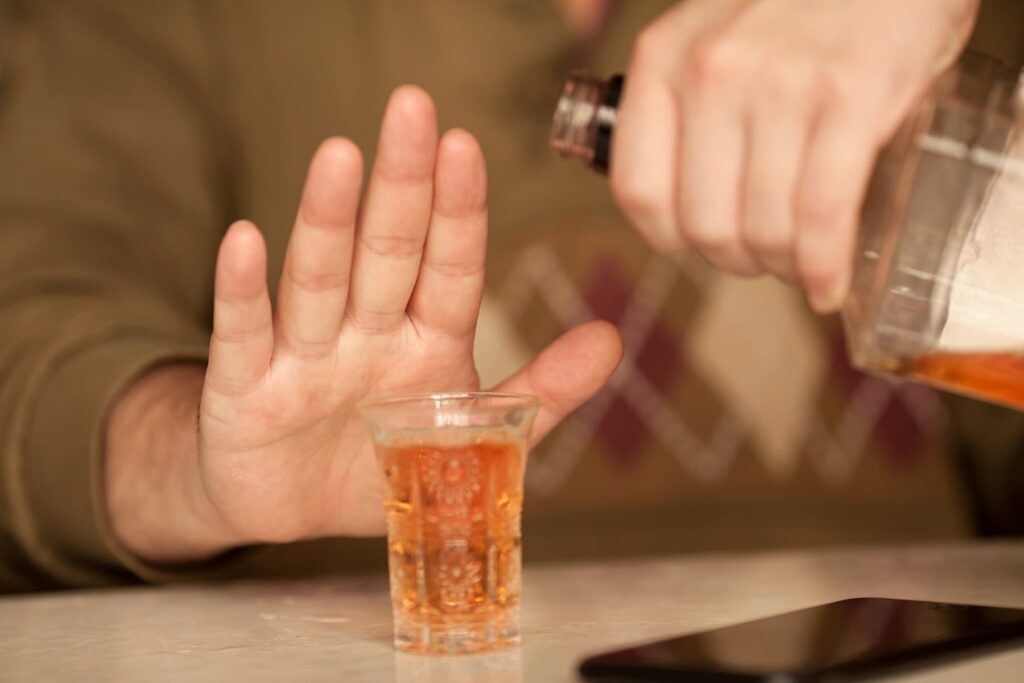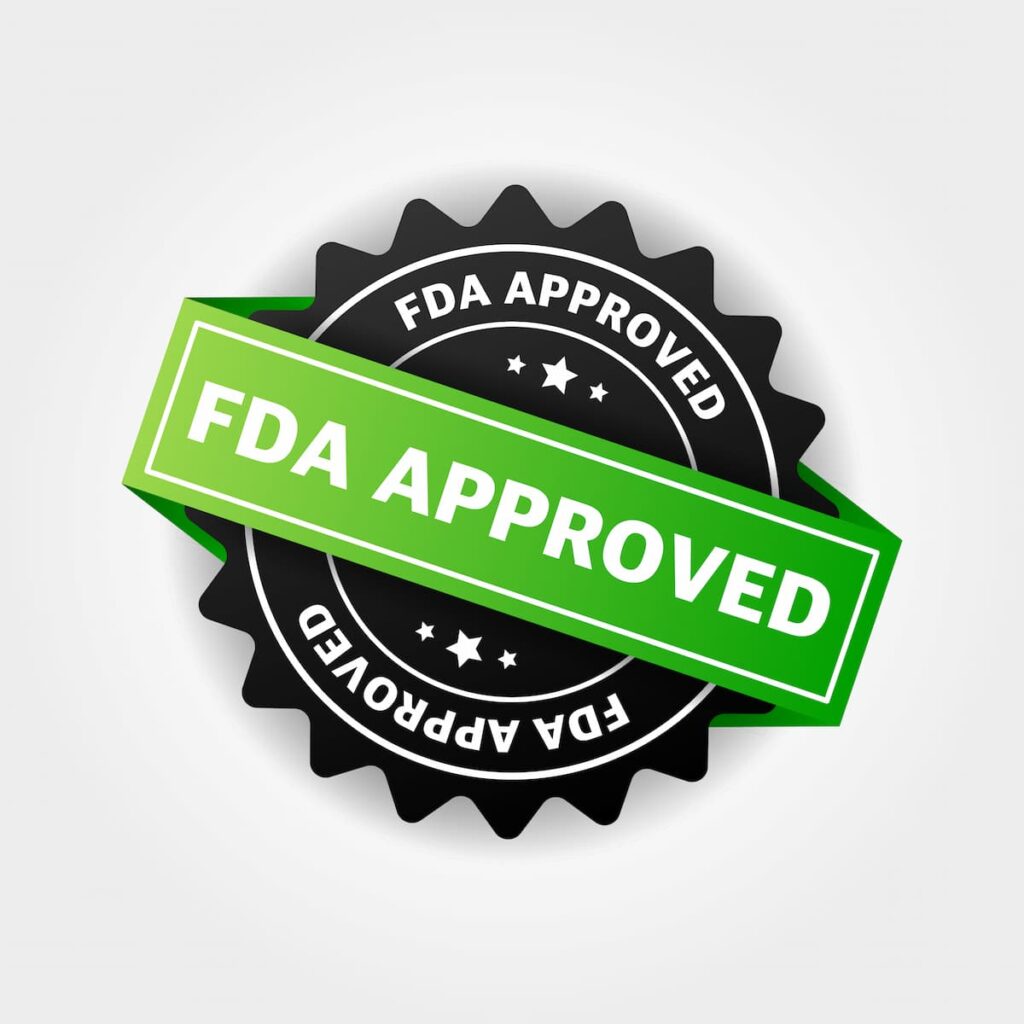
QR codes are revolutionizing almost every industry they touch, due to their convenience and versatility. Edible QR codes are one of the latest developments that promise to change how we consume food and medication, and pave the way to further developments in different products and items.
Table of Contents
- Edible QR Codes for Medication
- Edible QR Code Developments in Japan
- Edible QR Codes to Identify Fake Alcoholic Drinks
- Edible QR Codes in Detail
- Wrap-Up
Edible QR Codes for Medication
Drug companies typically produce drugs in large, identical quantities. For this reason, even though patients have pathologies with different needs, they ingest drugs with the same amount of active ingredient.
At this juncture, a group of specialists from the University of Copenhagen and the Åbo Akademi University in Finland have designed a technology that aims to solve this problem.
These are fully personalized medicines that have edible QR codes with all the detailed information on the drug.
A Quick Response (QR) Code is a module for storing information in a dot matrix or two-dimensional barcode. This system, born in Japan, is decrypted through a specific reader that smartphones have and, immediately, the code directs the user to web pages, online programs, or profiles on social networks.
Also see: What Is a QR Code and How You Can Create One
Paying attention to specific details, the researchers have prepared edible medicines on which they have printed the aforementioned QR code.
As the device contains all the information related to the drug, the patient can verify the compounds they consume, while the healthcare professional avoids errors in the administration of the drug.
Scientific Acumen
Natalja Genina, Professor of Pharmaceutical Technology and Engineering at the University of Copenhagen, notes that the system is very promising because the drug can be dosed as needed.
With the QR code technology, the drug can be adapted in relation to the specific pathology of the patient.
“If we finally have this production method, we can design an innovative manufacturing of personalized drugs and thus revolutionize the entire supply chain,” says Jukka Rantanen, one of the authors of the research and a professor at the Danish academic center.
Edible QR Code Developments in Japan

Japanese researchers from the University of Osaka are also carrying out a revolution in the application of QR codes. Now, with edible QR codes, people can see where food or its ingredients come from.
The idea is a way to include a discrete edible label embedded within the food —in the original experiments, cookies— that can be read without first having to destroy it. Another important advantage of his method, known as Interiqr, is that the label does not change the external appearance or taste of the food at all.
The race is on to develop edible food labels that are non-toxic, do not change the taste or appearance of food, and can be read without destroying the food itself. The Osaka University research team wanted to address all these issues.
“Many foods can now be produced using 3D printers,” explains Yamato Miyatake, lead author of the study.
“We realized that the inside of edible objects like cookies could be printed to contain patterns of gaps so that when a light is shined from behind the cookie, a QR code becomes visible and can be read with a cell phone”.
“Our 3D printing method is a great example of the digital transformation of food, which we hope will improve traceability and food safety,” says the study’s lead author, Kosuke Sato.
“This technology can also be used to provide new food experiences through augmented reality, which is an exciting new field in the food industry.”
Edible QR Codes to Identify Fake Alcoholic Drinks

When you drink alcohol, there is a danger that the drink you consume may be adulterated. Statistics show that it’s a major problem around the world, with 1 in 4 of these drinks being illicit, according to Euromonitor, and little can be done to distinguish the original from the counterfeit.
With this problem in mind, a group of biomedical engineers from Purdue University and South Korea’s National Institute of Agricultural Sciences developed a special QR code as a security measure.
Engineering breakthrough
Scientists designed the edible fluorescent silk label to reveal if the whiskey you want to buy is fake. The code on the fluorescent silk label is very much like a barcode or QR code and it is invisible to the naked eye. Furthermore, these labels are edible and do not affect the taste of the drink.
Jungwoo Leem —a postdoctoral research associate— explained that making the tags involves processing fluorescent silk cocoons from specialized silkworms to create a biopolymer, which can be formed into a variety of patterns to encode information.
This new anti-counterfeit technology, published in the ACS Central Science journal, could be a step forward not only in the search for a solution for the alcohol industry but also in the fight against counterfeit medicines.
“Counterfeit items, such as medicines and alcohol, are a huge problem around the world. There are numerous examples of large amounts of fake drugs being sold around the world and, in some cases, killing people,” said Young Kim, head of research and associate professor at Purdue’s Weldon School of Biomedical Engineering.
The researchers placed tags on various brands and prices of whiskey over a 10-month period and were able to continuously activate the tags and codes with a smartphone app. Additionally, the team developed ways and methods for the tags to activate in various light scenarios.
Edible QR Codes in Detail

Major pharmaceutical companies often use QR codes on secondary packaging level protections, which bundle a certain number of products and employ track-and-trace measures outside the primary packaging.
A traditional QR code on the outside of the bottle can only be used to display production information. This QR code cannot be used for anti-counterfeiting or in-dose or within-dose authentication functions.
Silk proteins are biocompatible and of low immunogenicity. Fluorescent proteins do not have common allergenic epitopes and are well degraded during digestion.
Silk proteins are currently approved for a wide range of food applications (Generally Recognized as Safe –GRAS– by the FDA).
Suppose the security label is genuine and authentic. In that case, the consumer can authenticate the scanned code and be informed in addition to genuine product information, such as product data —for example, type, ingredients, alcohol concentration and precautions— details of manufacturing —location, date, and serial number— and the route of distribution —for example, country, distributor, and wholesaler.
Wrap-Up
What is certain is that QR codes are revolutionizing how people consume medicines, food, and drinks, and offer unique possibilities to improve safety and change how we use a wide variety of products. In the future, we will see QR code technology innovating in several other industries.
